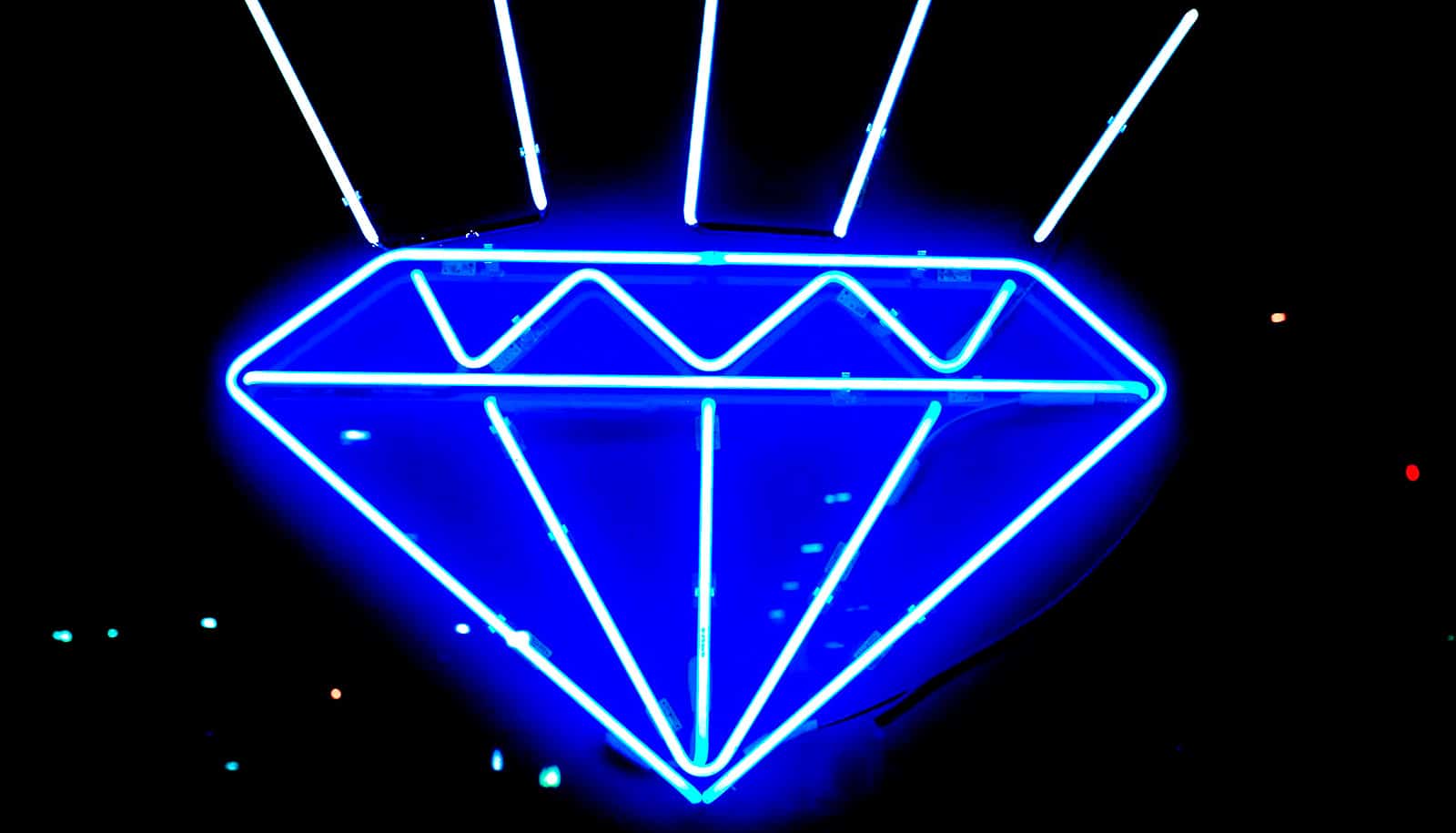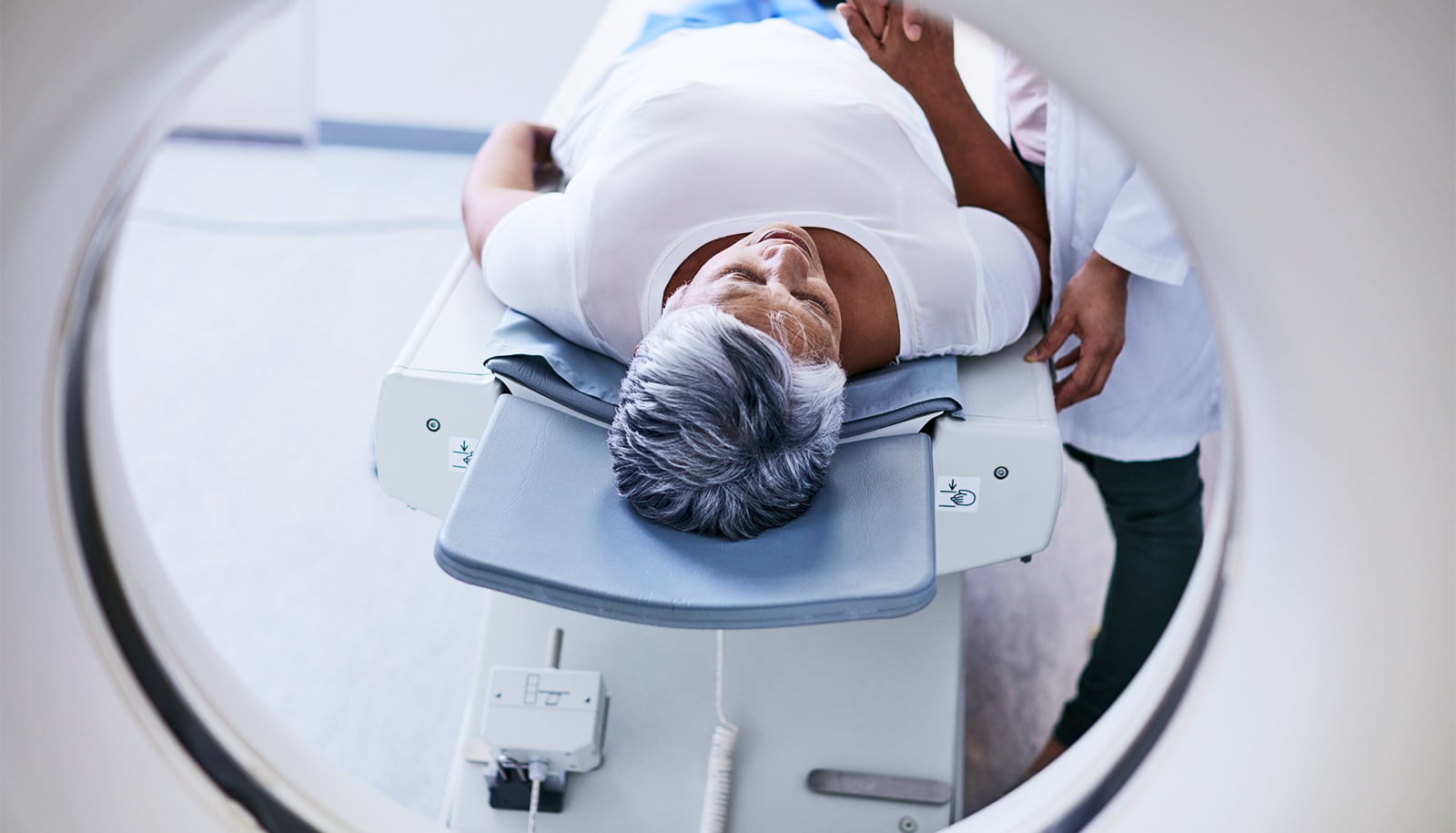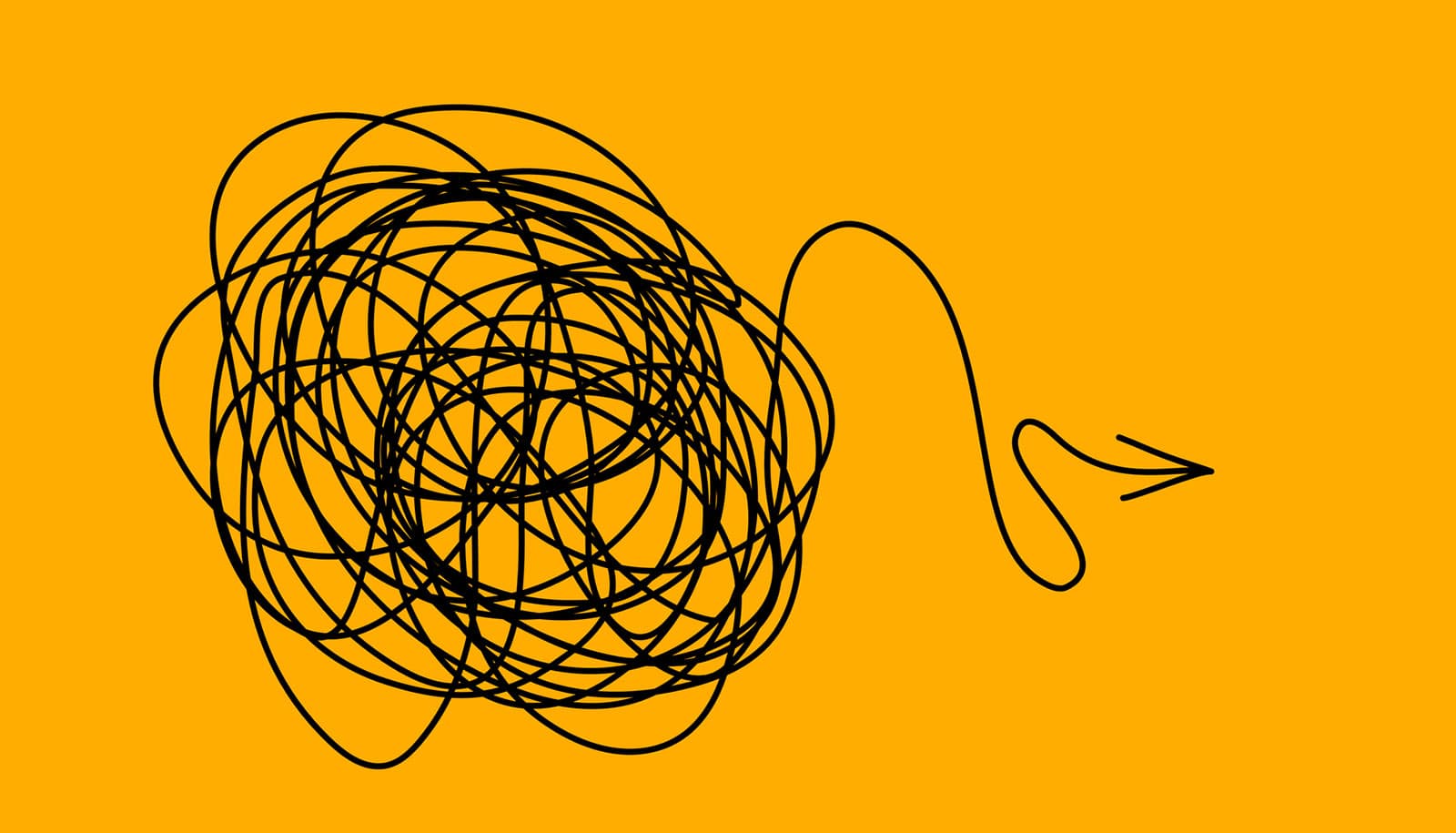Researchers have figured out a way to improve MRI scans by “lighting up” certain parts of the body using thin layers of diamonds and quantum mechanics.
Imagine a harmless solution or gas containing sub-atomic particles manipulated by quantum technology that when injected or inhaled would “light up” your molecular insides, so they could be scanned at a detail hundreds of times that of the strongest MRI machine. It could lead to faster, cheaper, and more accurate diagnosis of certain tumors, for example, at a molecular level.
But this isn’t science fiction—it is theoretically possible and a group of quantum physicists have now shown how it can be done by using light shone through incredibly thin layers of synthetic diamond crystals containing quantum probes.
In results published in Nature Communications, the scientists were able to use the light shone through a diamond layer 100 microns thick to change the magnetic spin of nuclei (the particles at the heart of atoms) within molecules on the diamond surface so that they “hyperpolarize” or line up in the same way. By doing so, the different nuclei produce a stronger magnetic field among themselves.
If a solution or gas containing bio-molecules quantum mechanically adjusted like this were to be injected, it would temporarily generate stronger magnetic fields at corresponding locations in the body.
“One of the applications is that it could allow us to improve the production of molecular contrast agents that target certain parts of the body and ‘light’ up magnetically, significantly increasing the amount of detail that can be picked up by an MRI scan,” says University of Melbourne postdoctoral research physicist Liam Hall.
Beating ‘brute force’
“Hyperpolarized bio-molecules can be injected into patients and travel to tumor sites where they can be monitored in real-time using MRI, or hyperpolarized gases could be inhaled for MRI imaging of the lungs and their function.”
Research team leader Lloyd Hollenberg, the University of Melbourne’s chair of physics, says their quantum technology approach to hyperpolarization is relatively simple in terms of the equipment involved, and has the potential to produce clinically relevant amounts of contrast agents at very high polarization level.
Typical “brute force” approaches to hyperpolarization of the nuclear spins in contrast agent molecules involve placing the sample in very high magnetic fields at very low temperatures – the higher the field, the more spins line up. At room temperature in an MRI machine at the largest magnetic fields considered safe, the level of polarization is extremely low—perhaps 1 spin per million—and dictates the resolution limit of MRI.
“In our experiment, we achieved a polarization level of around 50 percent for polymer molecules on the diamond surface—this is the first time it has been achieved using the diamond-based quantum technology,” says Hollenberg.
“To put it in context, achieving the same level of polarization by brute force we’d need to increase the power of a typical MRI field by a factor of 100,000, and you’re only going to find fields like that in a neutron star.”
While other techniques for hyperpolarization do exist, Hollenberg says the required infrastructure can rival the cost of the MRI machine itself.
Indeed, team member and PhD student David Broadway says their technique “achieves excellent results using fridge magnets and some atomic-level quantum mechanics”.
Green NV systems
That bit of quantum mechanics refers to the remarkable quantum properties of a naturally occurring defect in the lattice of diamond crystals known as the nitrogen-vacancy center (NV). What makes the NV defect special is that the spin of electrons inside the defect are quantum mechanical and can be lined up, or polarized, by illuminating it with a green laser.
“We optimize how the polarized NV center talks to, and effectively transfers its spin state to, the nuclear spins of molecules outside the diamond to line them up.
“In a sense, the quantum probe extracts random spin disorder from the (“hot”) target molecules to produce a (“cold”) spin-aligned state,” say. Hall, who came up with the theoretical concept.
To create a better clock, apply this quantum ‘magic trick’
Hall says this quantum mechanical transfer, which was demonstrated using a single quantum NV defect, could be used for solutions of bio-molecules passed over a green-lit diamond sheet containing many of these NV systems.
“Because we don’t modify the contrast agents beyond the polarization of their nuclear spins, this process doesn’t affect the biology or the physiology of a person in any way,” says Hall.
The key challenge now is for the researchers to scale-up the “quantum hyperpolarization” system to create sufficient volumes of contrasting agent molecules without the hyperpolarizing quantum NV probes being too closely packed and disrupting each other.
“If we can tick that box, we can then think about polarizing volumes of MRI contrast agents to a high level for use in MRI scanners found in research labs and hospitals,” says Hollenberg.
Source: University of Melbourne



